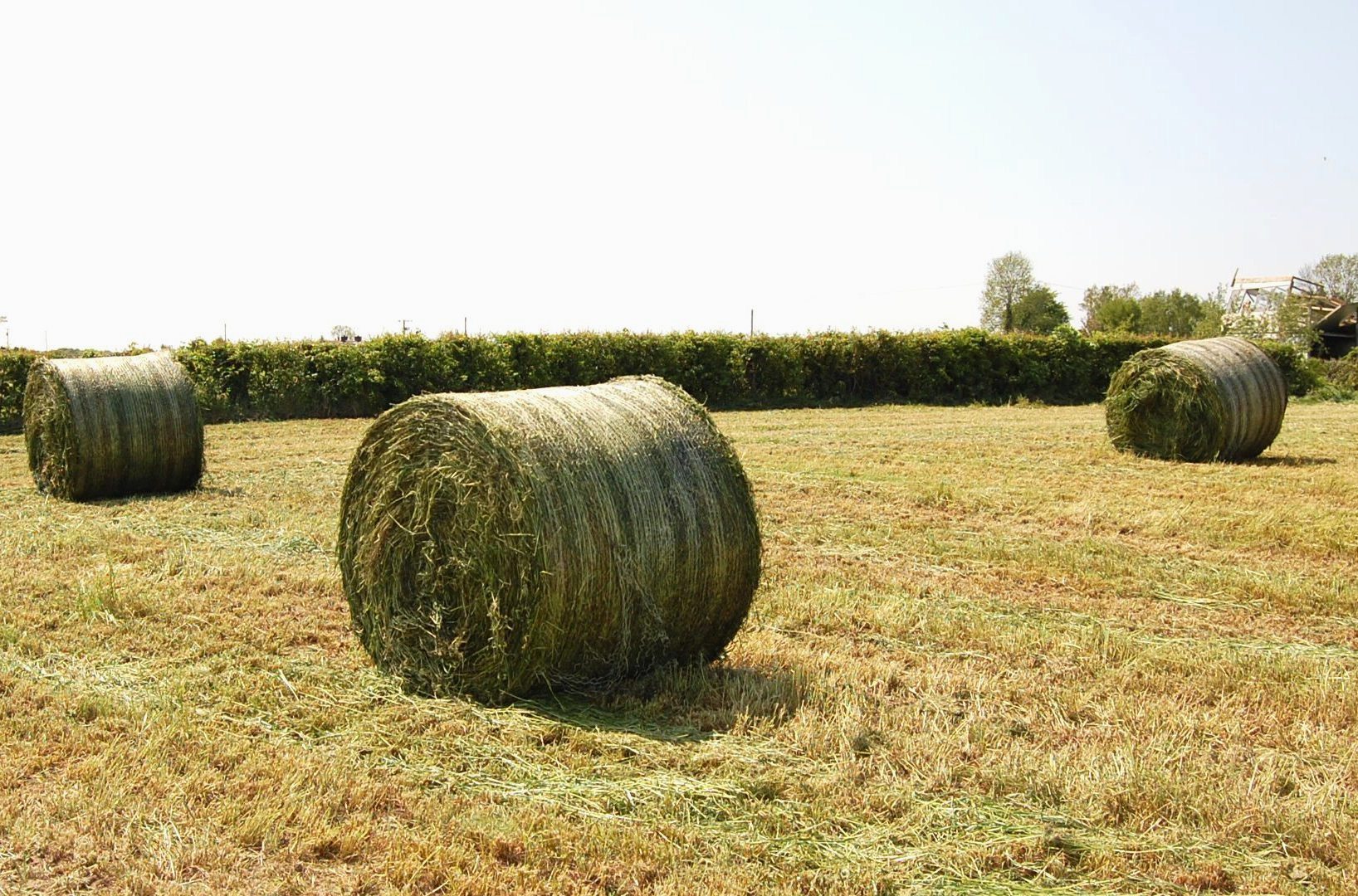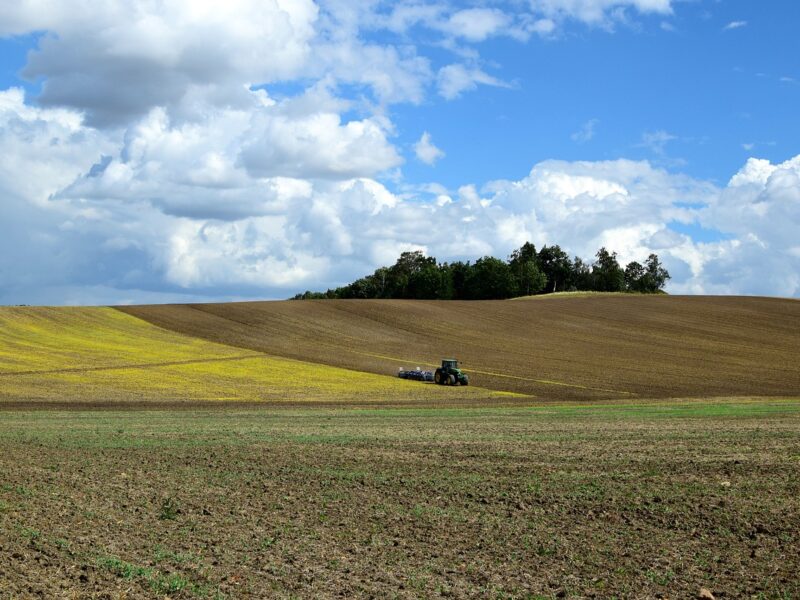Livestock farmers are being advised to plan to stop long-term forage shortages following one of many wettest winters on file.
Mole Valley Farmers mentioned farmers ought to measure and monitor forage inventory and think about various cropping choices this spring to safeguard feed for the approaching winter.
Mole Valley Farmers nutritionist and technical product supervisor, Dr Kerensa Hawkey, and head of grassland and forage agronomy, Lisa Hambly, mentioned the scenario is a dire one.
Hambly mentioned that, with solely seven dry days because the starting of December, farmers’ capability to hold out their fieldwork has had a large influence on forage availability, with many seeking to fill the hole over the subsequent month earlier than turnout.
Hambly and Hawkey urged all farmers to measure shares by taking the size, width, and peak of the clamp to ascertain the quantity, after which sampling the silage to get the dry matter.
From this, farmers can work out what number of tonnes of recent weight can be found, and by dividing that by what number of tonnes a day are getting used, will point out the variety of feed days left.
“Don’t simply depend the dairy cows; what about youngstock, dry cows and people few beef cows within the different shed? When you can cut back these animals, that’s much less mouths to feed,” Hawkey mentioned.
With crop yields anticipated to be down and the amount and high quality of first minimize silage wanting variable, farmers are suggested to take motion to safeguard sufficient forage shares for the winter forward.
“Lots of autumn crops didn’t handle to get within the floor, and we’ve been late moving into the spring, so folks may wish to take into consideration placing an additional area into maize as a result of that’s a method of getting a whole lot of excessive dry matter yield and good high quality power fairly rapidly,” Hambly mentioned.
First minimize
Hambly and Hawkey additionally warned farmers that first-cut silage high quality is probably not the place it ought to be, with doable fermentation difficulties because of low sugar ranges and soil contamination.
“Contemporary grass testing has highlighted many samples with low sugar ranges. We’re seeing a large vary in pre-cutting evaluation from about 5% to 12% on a dry matter foundation by way of sugar,” Hawkey mentioned.
“We don’t need it decrease than 10. The fibre content material of these samples can be operating increased than we like, and I’m undecided if it’s going to come back down sufficient for the place we’d prefer it to be.”
The specialists alerted farmers to the chance of soil contamination when taking the primary minimize.
“Many farmers haven’t been capable of roll fields as a result of it’s been too moist, so the soil ranges may very well be increased than you suppose,” Hambly mentioned.
“A problem with a few of the older leys is there may very well be a whole lot of useless materials on the backside of the sward.
“When you minimize too low, that can be taken into the clamp, and there’s the chance of soil contamination.”
Hambly mentioned lifting the reducing peak may very well be massively helpful this 12 months— between 5-6cm for traditional leys, then 7-9cm for hybrids or new leys.
“Additionally, take into consideration your chop size and the way properly it is going to compact within the clamp,” she mentioned.
“Communicate to your contractor, inform them precisely what you need prematurely and have a plan. Contemporary grass testing will assist inform you when the grass is able to be minimize.”
To maximise fermentation within the clamp, the specialists additionally prompt utilizing a silage additive.
“No matter you are able to do to assist obtain a great fermentation pays dividends,” Hawkey mentioned.


